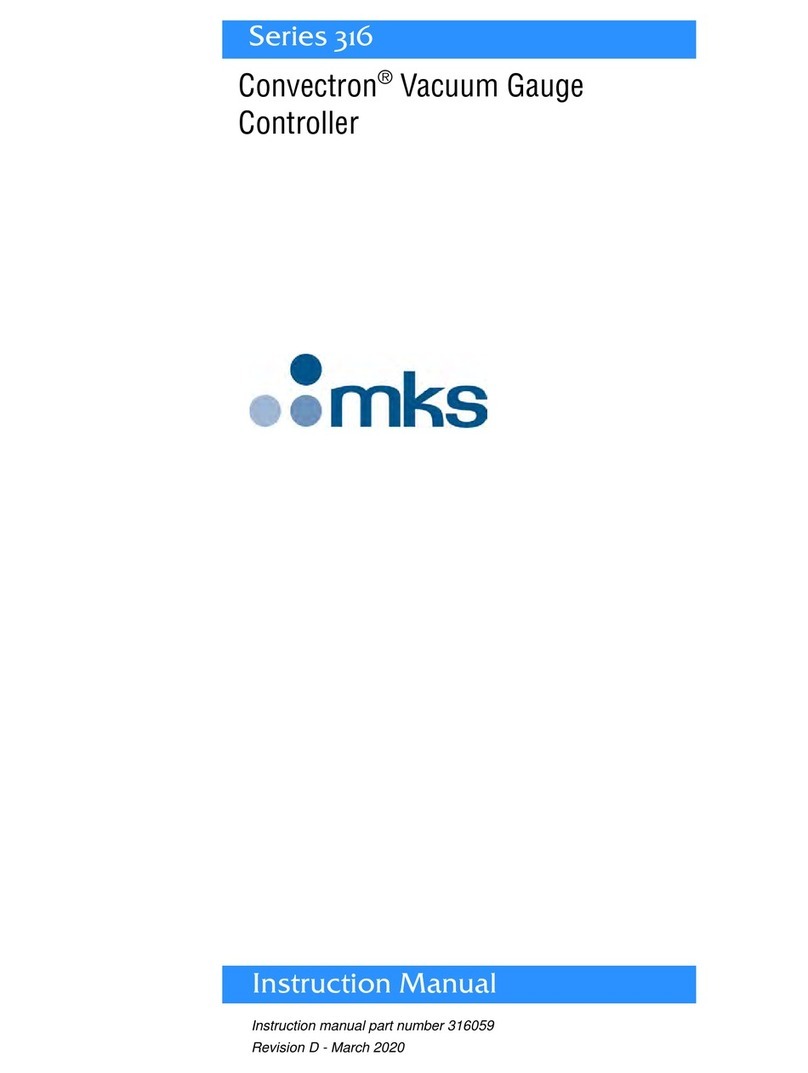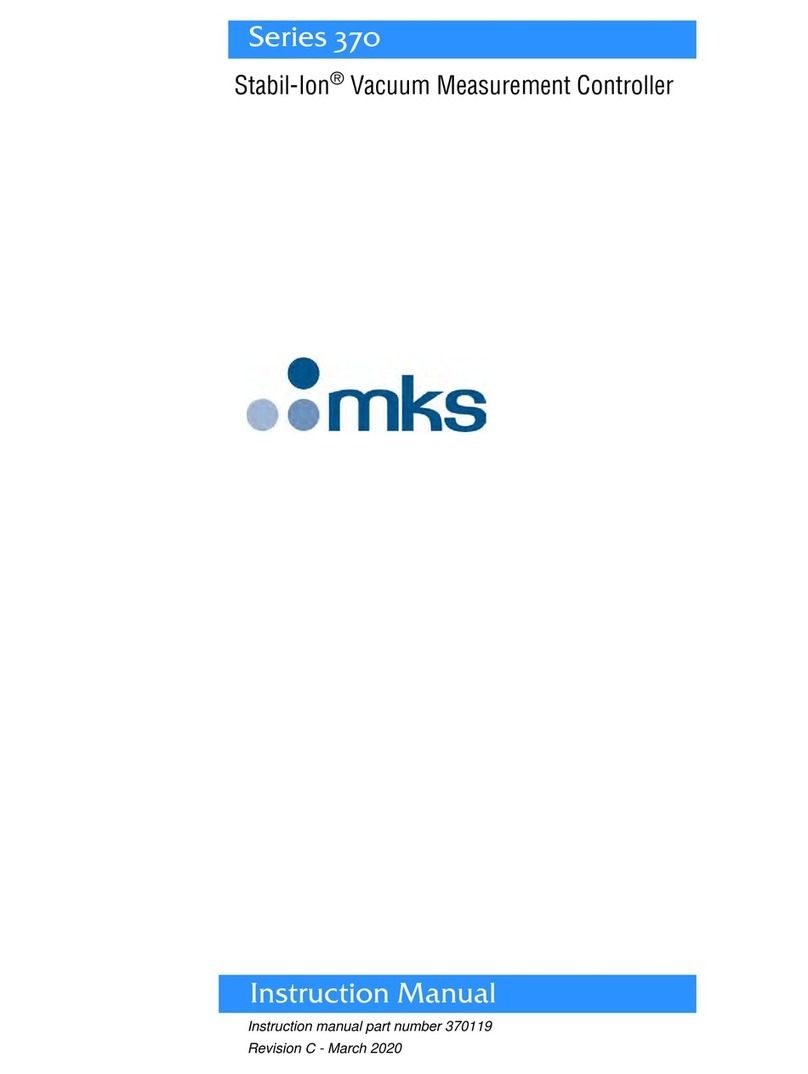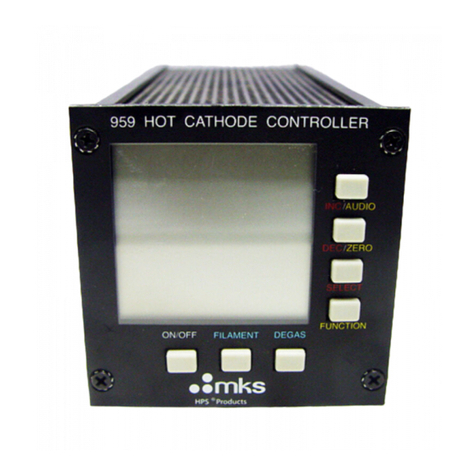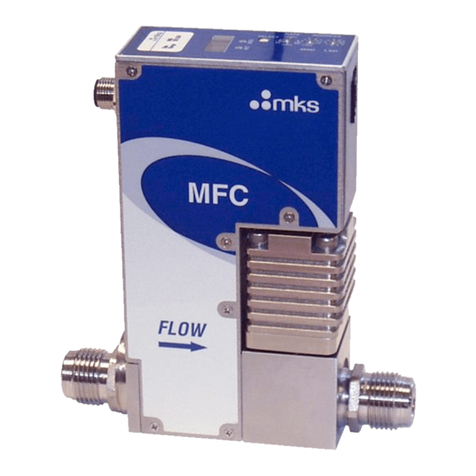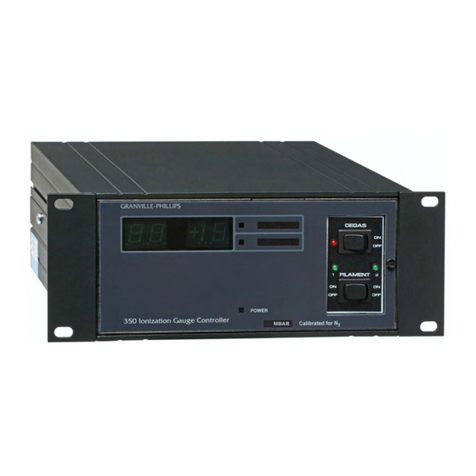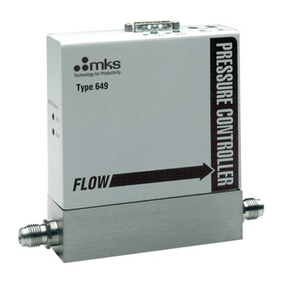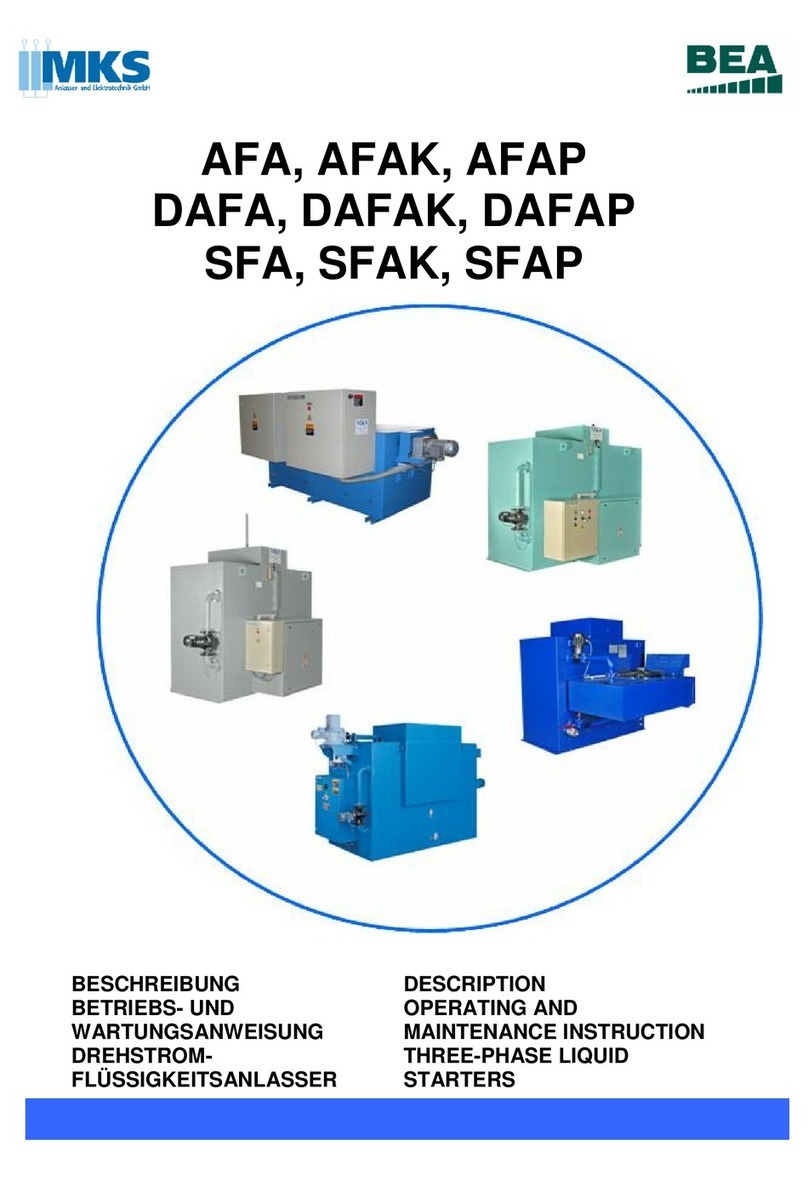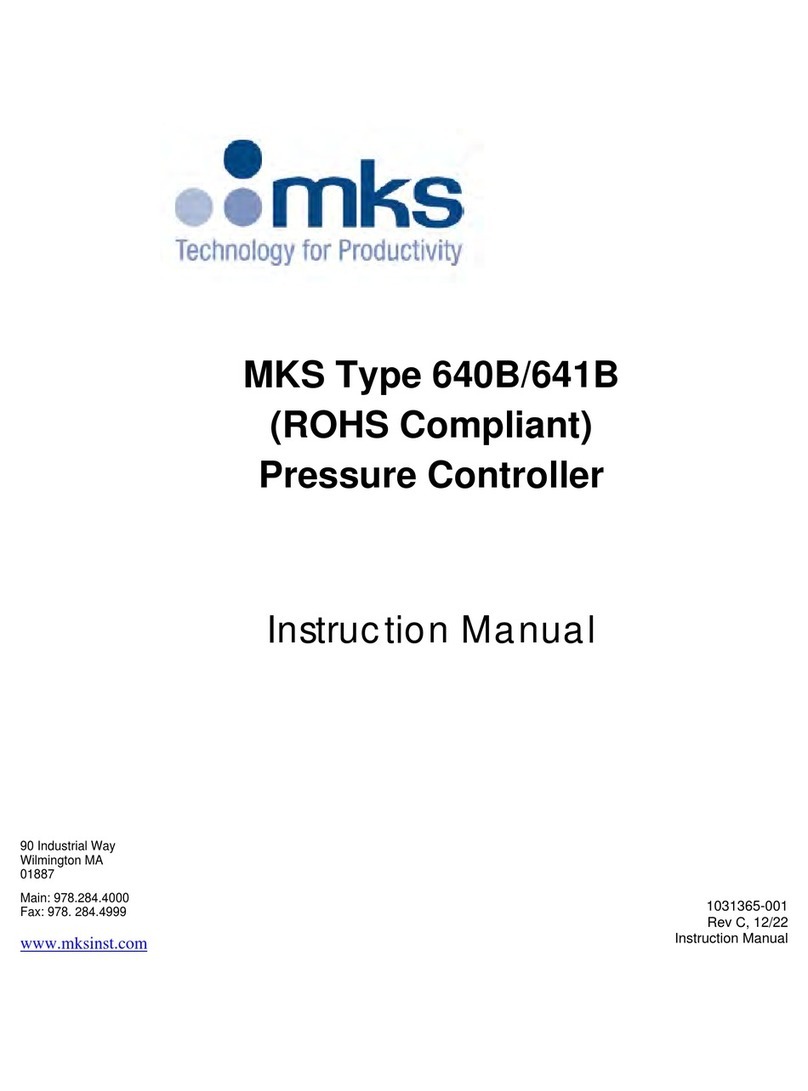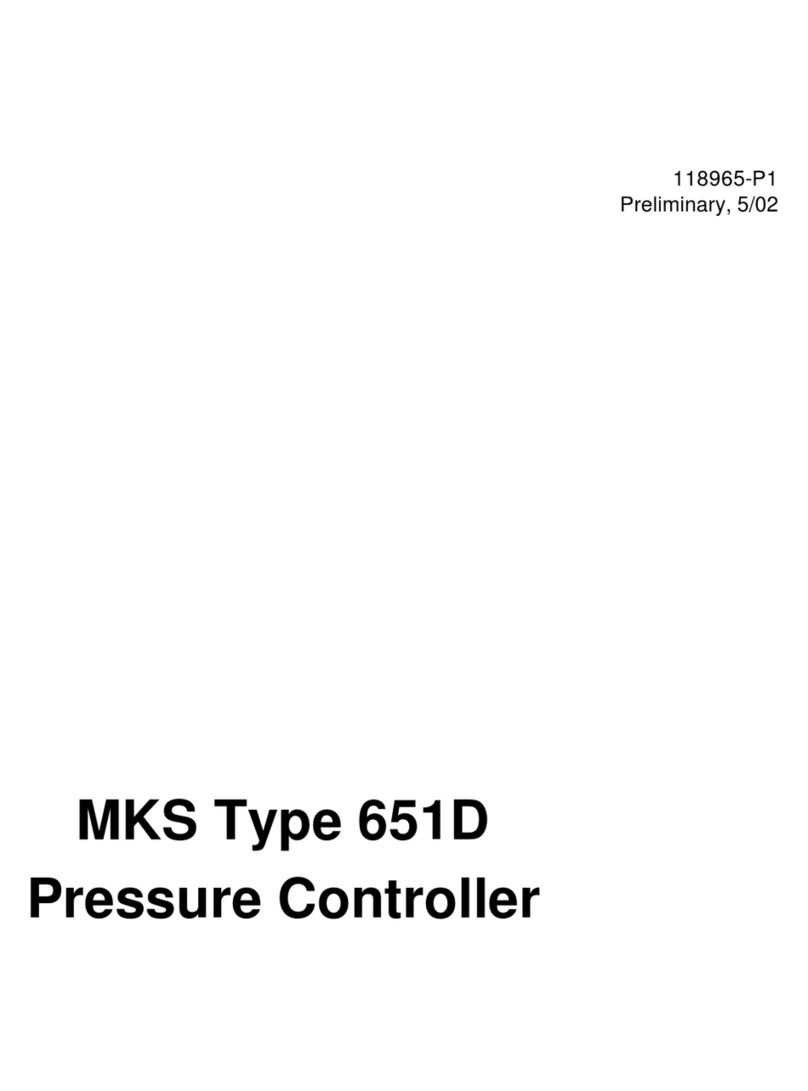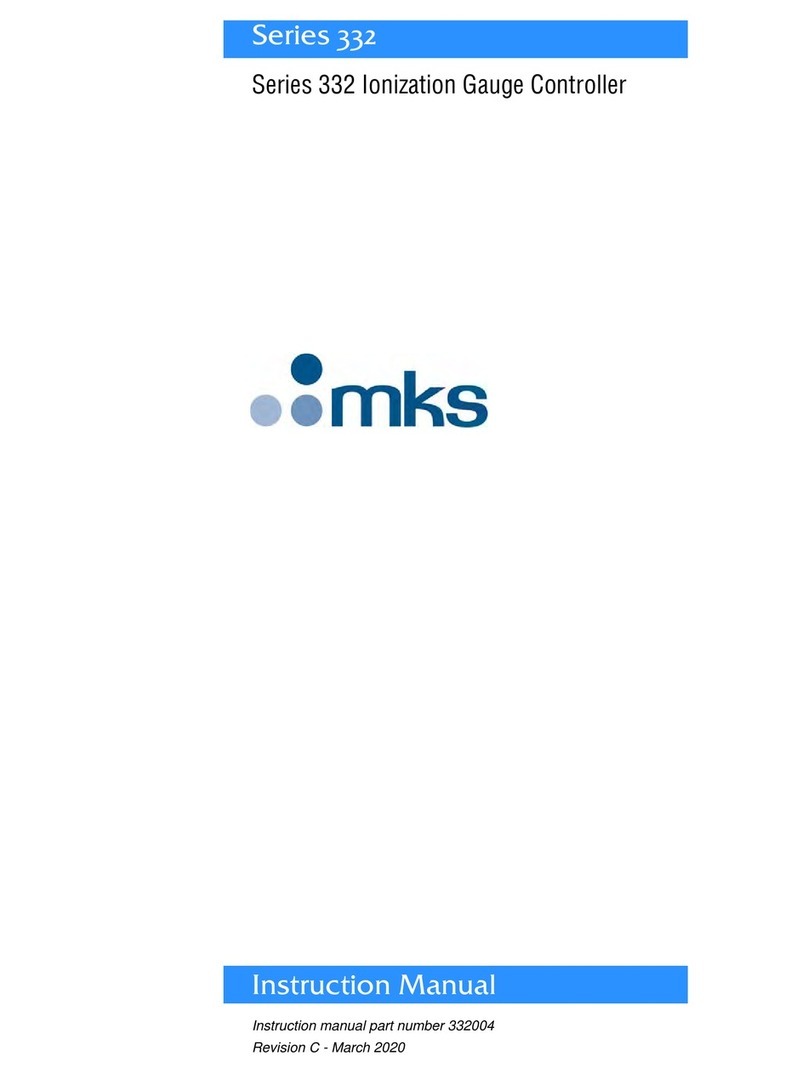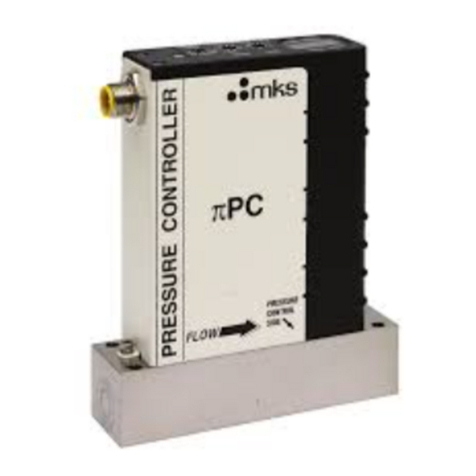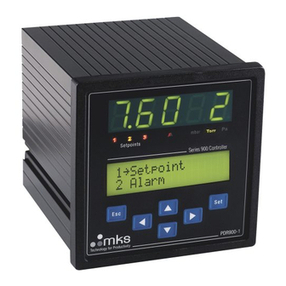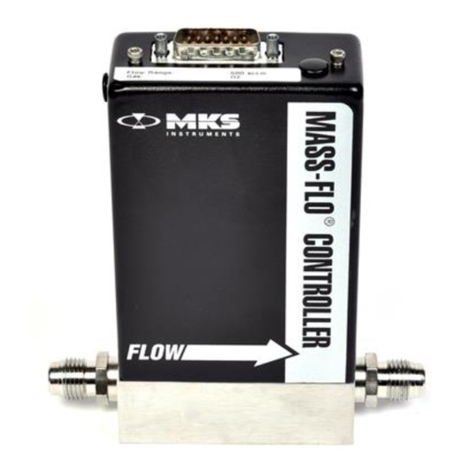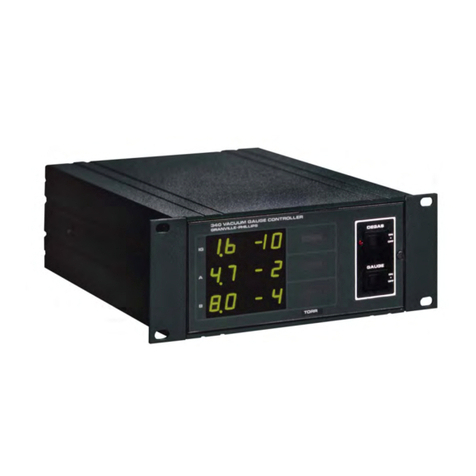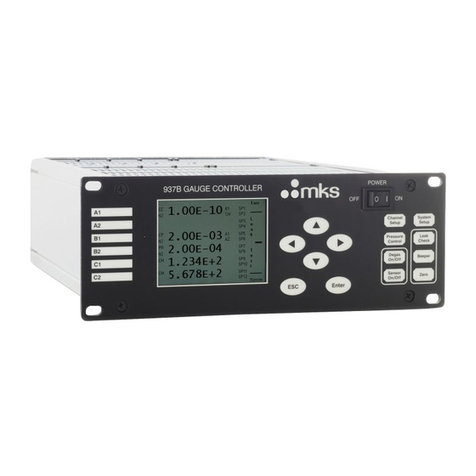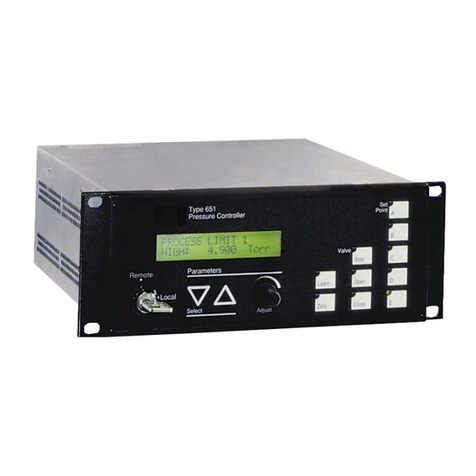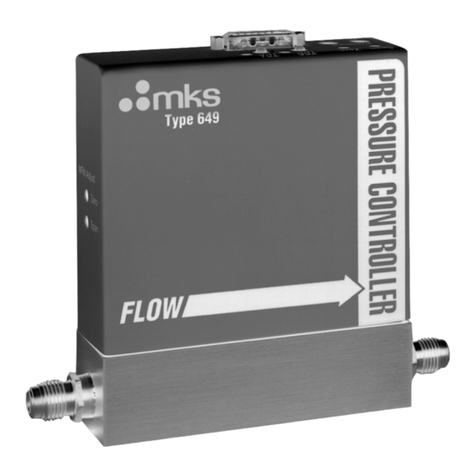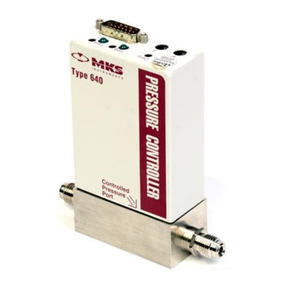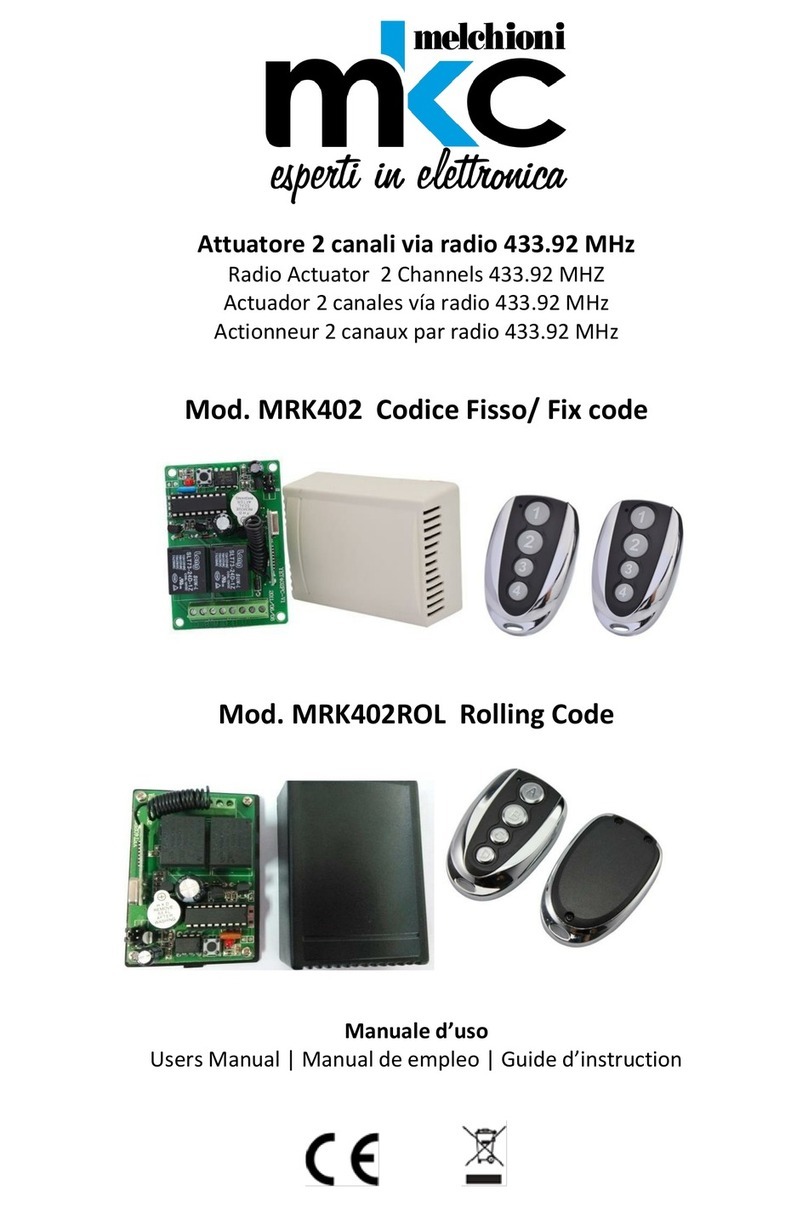
Table of Contents
i
Table of Contents
List of References...............................................................................................................................................v
Mass Flow Device Safety Information .............................................................................................................1
Symbols Used in This Instruction Manual ....................................................................................................................1
Symbols Found on the Unit...........................................................................................................................................1
Safety Procedures and Precautions................................................................................................................................1
Sicherheitshinweise für das Massenflussgerät.................................................................................................3
In dieser Betriebsanleitung vorkommende Symbole .....................................................................................................3
Erklärung der am Gerät angebrachten Symbole............................................................................................................3
Sicherheitsvorschriften und Vorsichtsmaßnahmen .......................................................................................................3
Informations de sécurité pour appareils de mesure/contrôle de débit massique.........................................5
Symboles utilisés dans ce manuel d'utilisation..............................................................................................................5
Symboles figurant sur l'unité.........................................................................................................................................5
Mesures de sécurité et précautions ................................................................................................................................5
Medidas de seguridad del dispositivo de flujo de masa..................................................................................7
Símbolos usados en este manual de instrucciones.........................................................................................................7
Símbolos hallados en la unidad .....................................................................................................................................7
Procedimientos y precauciones de seguridad ................................................................................................................7
マスフロー機器の安全に関する情報..............................................................................................................9
本取扱説明書のマーク ...............................................................................................................................................9
本機器のマーク ...........................................................................................................................................................9
安全対策について .....................................................................................................................................................10
질량 유량 장치 안전 정보................................................................................................................................13
본지침 매뉴얼에 사용되는 기호들 .........................................................................................................................13
장치에 표시된 기호들 ...............................................................................................................................................13
안전 절차 및예방조치 ..............................................................................................................................................14
Chapter One: General Information ..............................................................................................................17
Introduction .................................................................................................................................................................17
How This Manual is Organized...................................................................................................................................18
Customer Support........................................................................................................................................................19
Chapter Two: Overview.................................................................................................................................21
General Information ....................................................................................................................................................21
How the MFC Works ..................................................................................................................................................22
Operation of the MFC with Gases other than Nitrogen...............................................................................................22
Chapter Three: Installation and Configuration...........................................................................................24
Unpacking ...................................................................................................................................................................24
Product Location and Requirements............................................................................................................................25
Product Dimensions ....................................................................................................................................................25
GE50A and GM50A – See Appendix C......................................................................................................................25
GV50A – See Appendix D..........................................................................................................................................25
